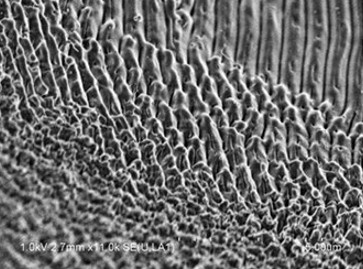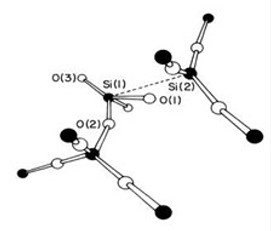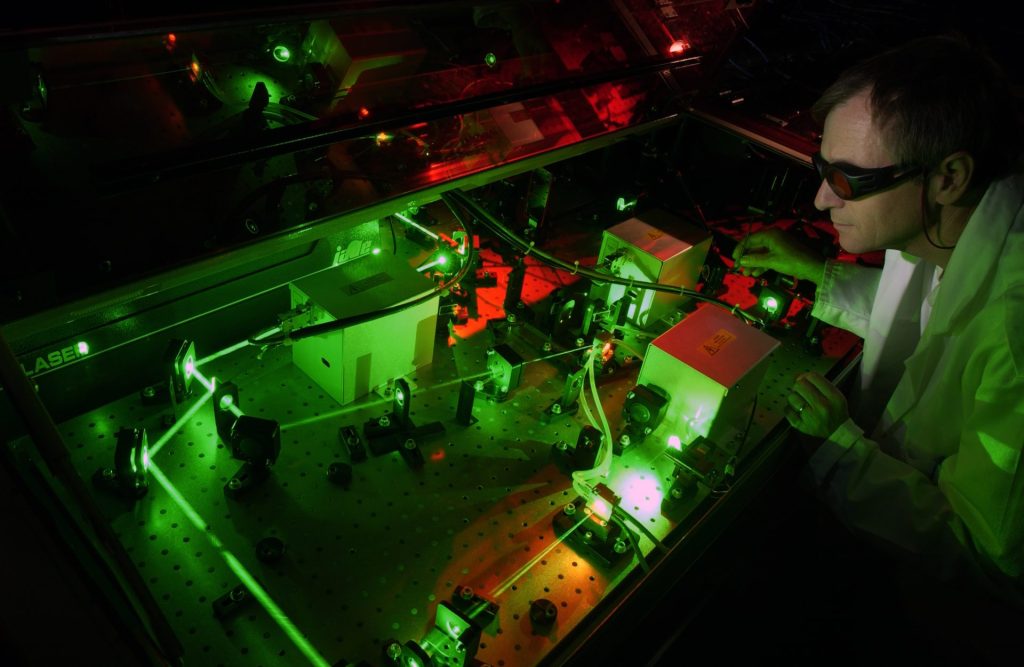We study electronic excitation and relaxation processes in solids excited by an ultra-short, intense laser pulse.
Our analysis techniques are mainly reflectivity and transient absorption in the ultraviolet, visible and infrared.
The materials studied are essentially wide-bandgap dielectrics, either because of their importance in applications
applications such as optics or electronics (SiO2, Al2O3, Diamond, MgO, CdWO4), or for their fundamental interest (Diamond, Alkali halides).
The physical processes studied range from point defect formation and optical breakdown to high excitation density effects such as exciton interaction in scintillators.
Experimental approach: tracking the evolution of matter in real time
Lasers delivering ultra-short pulses are a unique experimental tool for studying solids. Their advantages are twofold:
- generate a high excitation density in solids, in a controlled manner,
- to enable time-resolved pump-and-probe experiments with different diagnostic techniques: interferometry, absorption, reflectivity, two-pulse photoemission, etc., and thus to resolve the dynamics of excitation and relaxation processes.


From point defects to optical breakdown: depending on the illumination used, femtosecond lasers can be used to study a wide range of phenomena, from the formation of point defects: left, model of a self-trapped exciton in quartz, to optical breakdown: here SEM image of an ablation crater in α-SiO2.
The frontier between solid-state physics and the physics of laser-matter interaction in “strong” fields
Our laser-matter interaction studies are therefore at the frontier between solid-state physics and the physics of laser-matter interaction in “strong” fields. Indeed, while lasers enable us to study relaxation processes in real time, they are also increasingly used as tools for micromachining and modifying the optical properties of dielectrics (silica optical fibers, wave blades, etc.).
Read more
The interaction of short, intense pulses with matter is therefore an important and fast-growing subject. That’s why it’s vital to better understand the mechanisms of propagation, energy deposition, damage and optical breakdown.
Experiments are carried out on IRAMIS laser servers.
Forthcoming publications :
- Direct Observation of Laser Induced avalanche in a Dielectric.
- Time resolved study of carrier relaxation dynamics in α-Al2O3.
Contact: Stéphane GUIZARD



